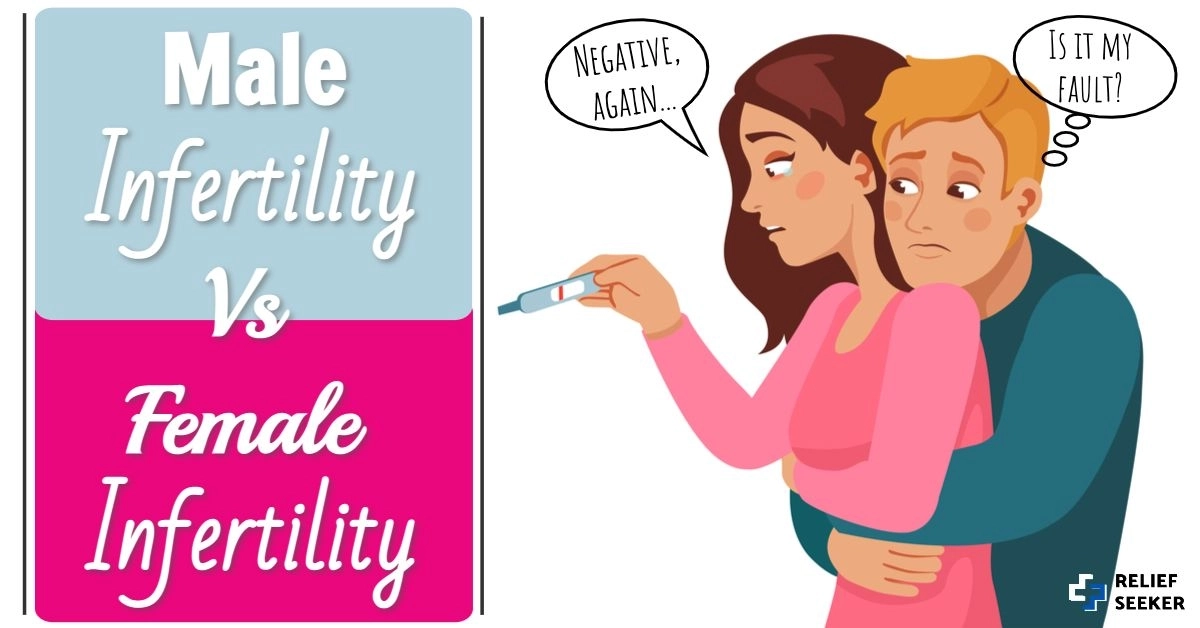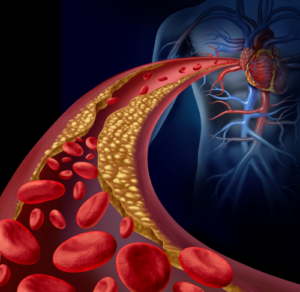Infertility is a common problem that affects many couples around the world. It is estimated that one in six couples struggle with infertility, and the problem can affect both men and women. Male and female infertility are two different conditions that require different approaches to diagnosis and treatment.
Male infertility is defined as the inability of a man to cause pregnancy in a fertile female. There are several factors that can contribute to male infertility, including low sperm count, poor sperm motility, abnormal sperm shape, and problems with ejaculation. These factors can be caused by a variety of factors, including genetic defects, hormonal imbalances, lifestyle factors, and certain medical conditions.
A man’s fertility can also be affected by age, as sperm quality and quantity tend to decrease with age. Other lifestyle factors that can contribute to male infertility include smoking, alcohol consumption, drug use, and exposure to environmental toxins.
Diagnosing male infertility usually involves a semen analysis, which is a test that measures the number, quality, and motility of a man’s sperm. If a problem is identified, further testing may be required to determine the cause of the infertility. Treatment options for male infertility may include medication to correct hormonal imbalances, surgery to correct anatomical abnormalities, or assisted reproductive technologies such as intrauterine insemination (IUI) or in vitro fertilization (IVF).
Female infertility is defined as the inability of a woman to conceive after a year of trying. There are many factors that can contribute to female infertility, including problems with ovulation, blocked fallopian tubes, endometriosis, polycystic ovary syndrome (PCOS), and age.
A woman’s fertility is affected by age, as the number and quality of her eggs decline as she gets older. Other factors that can contribute to female infertility include smoking, alcohol consumption, obesity,





